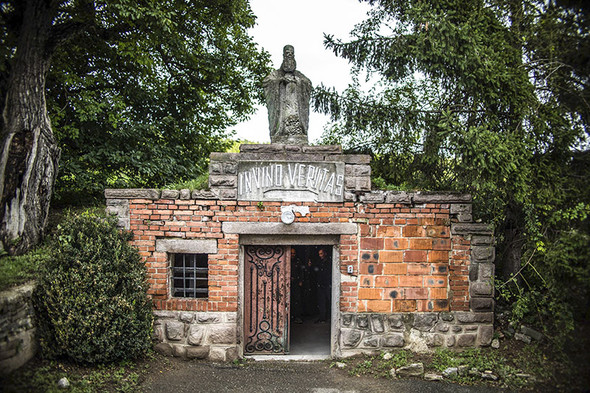Provided that there’s anything behind it at all. What’s for sure is that there’s a cellar entrance on the vineyard in the vicinity of Viničky with its hundred years old iron door bearing the monogram of Count Tivadar Andrássy (1857–1905). It’s because the Andrássy family was the last famous owner of the 16th century cellar.
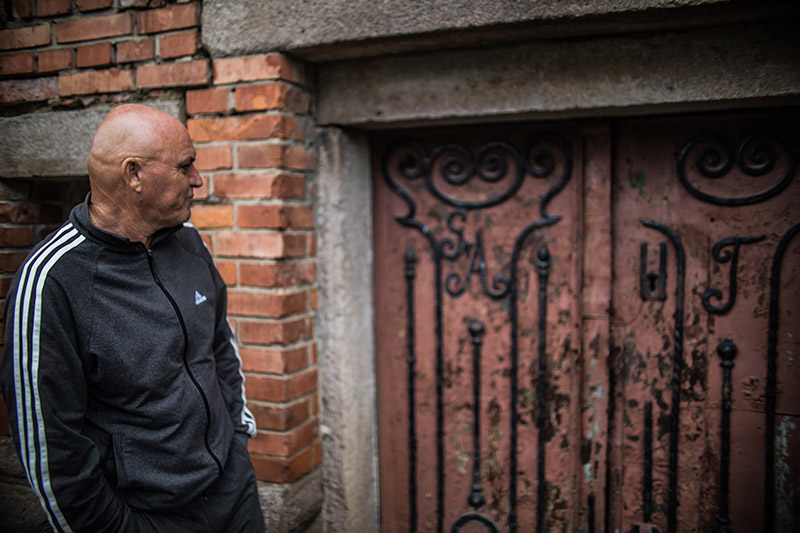
Mr. Košláb, Chief Winemaker and the famous monogram by @PixelTaster
Not just because of my personal involvement (as count Tivadar Andrássy’s mother, Countess Katinka Kendeffy was the godmother of my great-great grandfather, Zsigmond von Hirschfeld) but I think the history of the Count Andrássy family well worth a glimpse considering that such castles belonged to the family as the ones in Trebišov, Tiszadob and Betliar, and the reconstruction following the phylloxera plague was also thanks to their estate in Viničky. The father of the bearer of the monogram on the cellar door was Count Gyula Andrássy (1823-1890) Prime Minister of Hungary, Minister of Foreign Affairs of Austria-Hungary, the person who lent his name to Andrássy Street in Budapest, the founder of the Tőketerebes (today Trebišov, Slovakia) branch of the family, lord of the castles of Trebišov and Tiszadob and wine estate holder at Szőlőske (today Viničky, Slovakia) and Mád, Hungary.
“The Hungarian nobleness and spirit culminated in Count Gyula Andrássy. If Ferencz Deák is the incarnation of the Hungarian peasant and their wisdom in one, then Andrássy is the elegance, charm and amiability of the Hungarian nobility in a distilled form. He could be a perfect gentleman without ever being lordly, he could win, nay, fascinate anyone without appearing to be condescending.”
– wrote the famous Hungarian writer Kálmán Mikszáth about him.
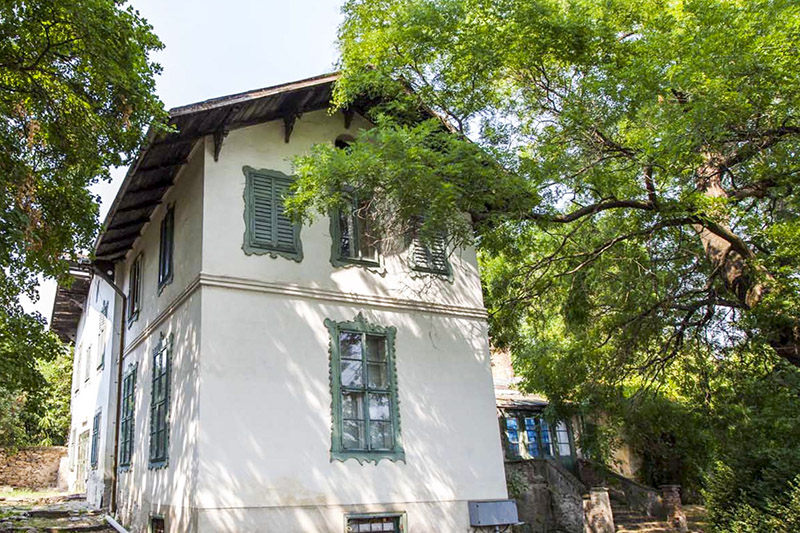
Photo: tokajregion.sk
The bearer of the monogram on the door, Count Tivadar died young. In his life he was active in politics, loved painting and was an avid and serious art collector. Of his four daughters, Katalin (1892–1985), “The Red Countess” was married to Count Mihály Károlyi. The couple were devoted communists and following the fall of the Hungarian Soviet Republic, they found refuge in the west where they made friends with Jan Masaryk, Arthur Koestler, George Orwell, Georges Braque, André Gide and Bertrand Russell. Another of Tivadar’s daughters, Klára (1898–1941) also converted to communism and joined the communist party of Czechoslovakia and organised partisan actions against the Germans in World War II. She died during the bombing of Dubrovnik. But Count Tivadar who died young did not live to see it. His four daughters were raised by his brother, Count Gyula Andrássy the Younger (1860–1929) who married the widow of his late brother.
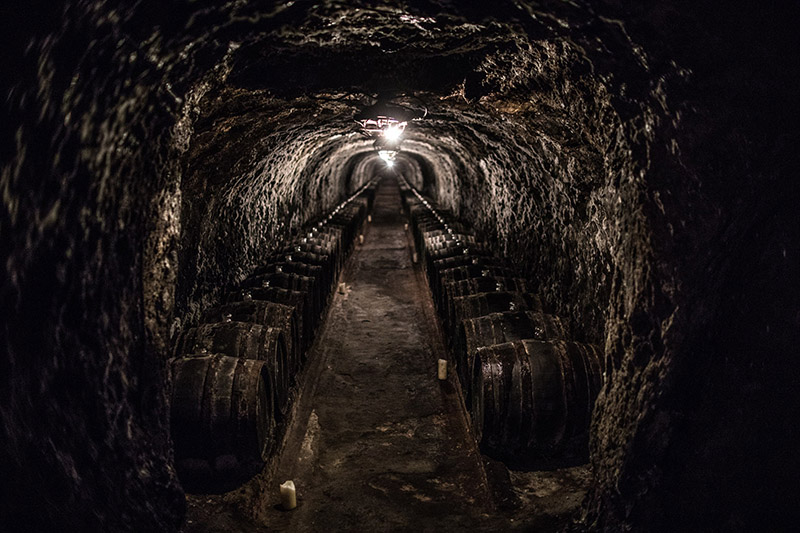
Photo: @PixelTaster
The winery, Chateau Viničky used to be owned by the state (just like anything else during the communist era). The 1,500-m-long cellar system was last renovated early in the 1970s then the cellar, with wines included, was privatised in 1997. Nowadays, grape is processed in Viničky (unfortunately I did not have the opportunity to go there), and each year 30 to 40 thousand bottles of wine are marketed under the winery’s name.
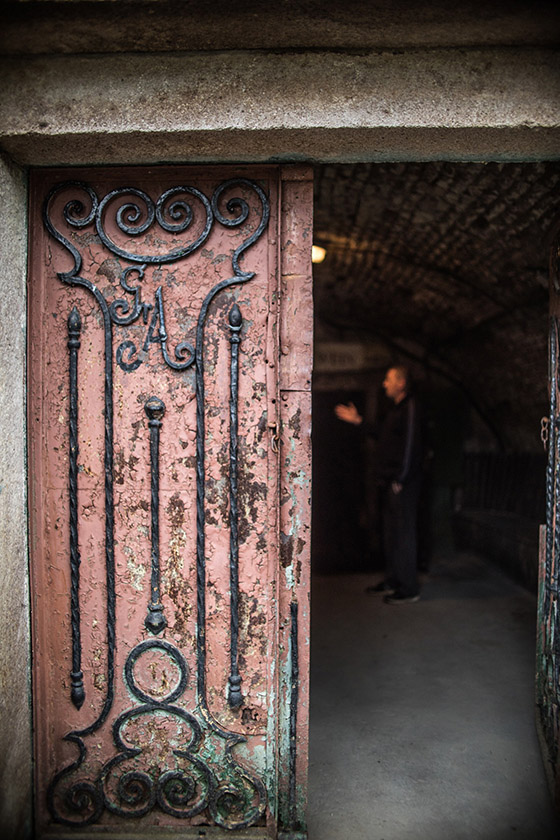
Photo: @PixelTaster
As far as I understand (I had a pleasant discussion and wine tasting with Mr. Košláb, Chief Winemaker, who was born in Zemplínske Jastrabie, studied in Modra and has been working in this vine region since 1981) Chateau Viničky does not have own vineyards but rents 6 hectares from Bara, so wines are made from grapes cultivated there. The archives still offer wines from the vintages of 1983, 1986 and 1989 and even some older rarities, while currently wines from the 2009 vintage are available under their own name. The winery only produces and markets Tokaj speciality wines (samorodné, výber).
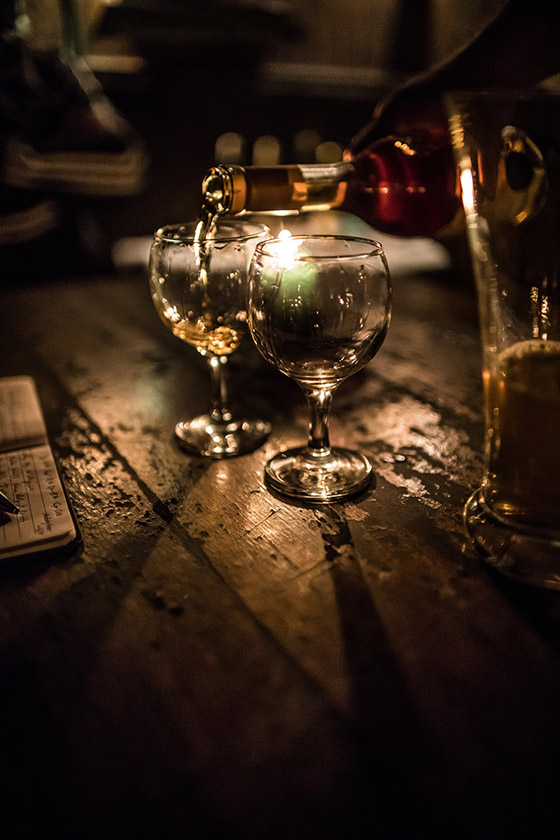
Photo: @PixelTaster
During the Open Cellar Days, the cellar system of Chateau Viničky is also open to the public, but for wine tasting it’s better to make an appointment in advance. In my opinion the visibility of the winery would significantly improve if the general public could meet them not only in the cellar, but in the vineyard or at the site of processing but also in a built tasting room.
If you are interested in our tasting notes, click here.



